New York Rangers: Their tragic past

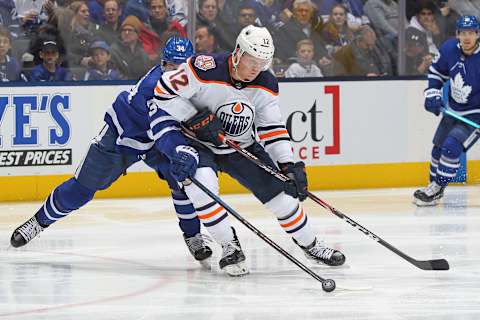
The recent, untimely death of Edmonton Oilers forward Colby Cave (only 25 years old) might have reminded New York Rangers fans how differently we see sports as adults, than we did as young fans.
Before we kept track of New York Rangers roster moves, No Movement Clauses, hometown discounts, and failed drug tests, back before those things even existed, sports taught children about teamwork, hustle, discipline, winning (and losing) gracefully, and dealing with adversity. It taught us about life.
And sometimes death.
I was only 11 years old when I heard that former Mets reliever Danny Frisella had died in a dune buggy accident. It was one of the first times I had to deal with that kind of tragedy. I can remember staring at his 1974 baseball card, trying to come to grips with such a bizarre concept.
Unfortunately, tragic deaths have always been a part of the sports (and hockey) world. Both the Hobey Baker Award and the Vezina Trophy were named after people, not specifically because they were great athletes (though they were) but because they died young.
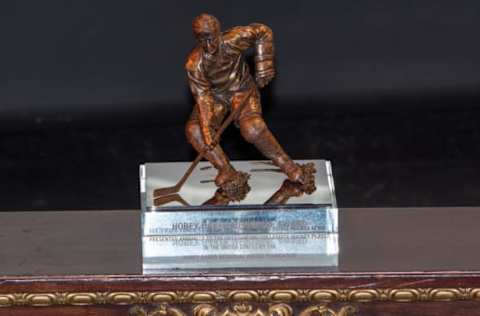
Roughly 191 players (pro and amateur, local and international) have died while their hockey career was still active. Among the various modes of death are:
33 car accidents, two pedestrians hit by cars, two boat accidents, and five motorcycle crashes.
15 players died in three separate bus accidents, 40 died in five different plane crashes, and two lost their lives while riding a horse.
One died in World War I and four died in World War II.
There were 18 heart attacks, two victims each of pneumonia and influenza, and three died from leukemia.
There is one case each of death by epilepsy (complications), blood poisoning, tuberculosis, and a burst appendix.
Two players were stabbed, four murdered, and seven killed themselves.
One player was electrocuted, one died in a fire, one fell from a balcony, and five drowned.
Cancer, drugs, and alcohol are well-represented on the list, with three deaths with unknown causes, and 17 players died as a result of on-ice incidents, mainly errant skates and pucks.
One player, Duncan MacPherson, a 1984 Islander draft pick, died under “mysterious circumstances”, hit by a snow-grooming machine and lost in snow at a ski resort in Austria in 1989. His body was found in a glacier four years later.
Let’s take a closer look at some of the players and former players the Rangers have lost over the years.
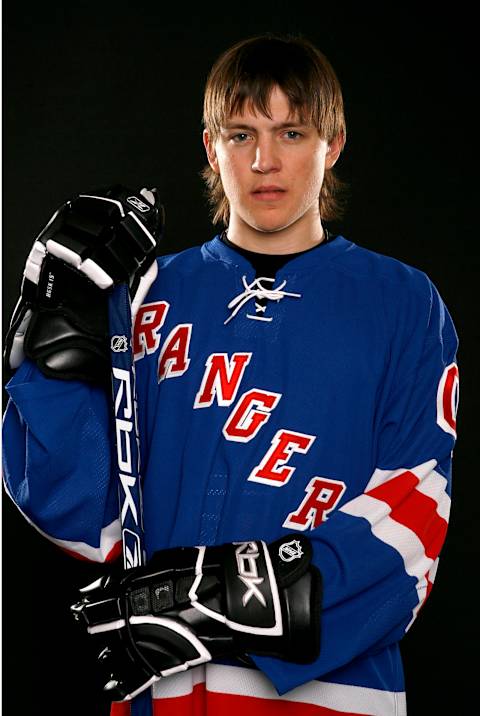
A bright future extinguished
Taken with the 17th overall pick in the 2007 NHL Entry Draft, Alexei Cherepanov was to be a major part of the New York Rangers organization for years to come.
Expectations were high for the 19-year-old winger after he won a gold medal at the 2007 World Under-18 Championships as well as silver and bronze medals in the 2007 and 2008 Under-20 Championships.
During his 2006-07 season in the Russian Superleague, Cherepanov had 18 goals (and 11 assists) in 46 games, a record for 19-year-olds and better than former players Alexander Ovechkin and Evgeni Malkin.
But his promising future never came to be. Cherepanov collapsed while playing a KHL game in 2008 alongside Avangard Omsk teammate Jaromir Jagr. Coach Wayne Fleming said, “He just laid back, passed out, and went kind of white.”
Jagr shouted for help, but Cherepanov never regained consciousness and was later pronounced dead. It didn’t help that an ambulance (required at all KHL games) had left before the contest was over and the arena’s defibrillator didn’t work.
Although an initial report cited heart failure, there were whispers of a pre-existing medical condition, something that should have prevented him from being allowed to play professionally, as well as rumors of blood doping.
The KHL retired Cherepanov’s #7 jersey and renamed their Rookie of the Year trophy after him.
The Rangers asked the NHL for compensation (an extra draft pick), saying that because Cherepanov had never signed a contract with the team, he was eligible for the 2009 Entry Draft. New York was given a second-round pick and the league added the “Cherepanov Rule”, where teams would receive compensation if a first round pick died before signing a contract.
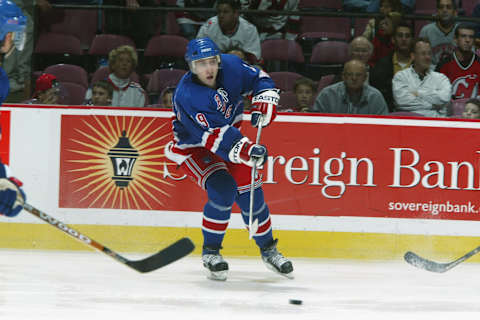
NEXT: On the cusp of stardom
Roman Lyashenko was selected by the Dallas Stars with the 52nd overall pick (second round) of the 1997 NHL Entry Draft. The defensive-minded forward brought home gold, silver, and bronze medals from the World Junior Championships, as well as a silver from the World Championships
Highlights with the Stars included scoring the winning goal in the first game of the 2000 Stanley Cup Finals against the New Jersey Devils in his rookie year. Lyashenko also scored the decider in Game Seven of the Western Conference Finals against the Colorado Avalanche.
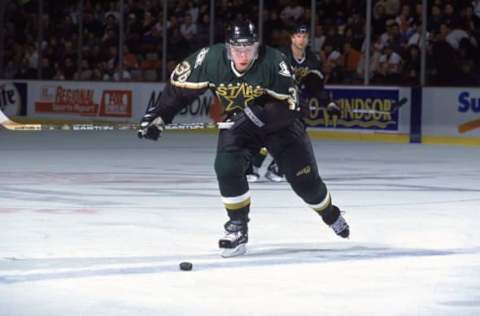
But he couldn’t stick with the Stars, splitting time with the IHL Utah Grizzlies, even though many Dallas players asked Coach Ken Hitchcock to give him more time on the ice.
In 2002, Lyashenko and Martin Rucinsky were traded to New York for Barrett Heisten and Manny Mahlhotra. He scored 2 goals in 15 games before the season ended and he was assigned to Hartfod for their playoff run. Lyashenko irked a few teammates by leaving the Wolf Pack after four games to skate for Russia at the 2002 World Championships, where he helped win a silver medal.
Though he only played two games with the Rangers in 2002-03, he had a breakout season with the Hartford Wolfpack. In 71 games, he tallied 23 goals and 35 assists (58 points), his best season as a professional by far.
But Lyashenko wasn’t happy with playing in the minors or being treated as a fourth-line player on the parent club. Half-way through the season, he asked to be released so he could return to Russia. New York said no.
In July of 2003, Roman Lyashenko was on vacation in Turkey with his sister and mother when he was found dead in his motel room. He’d committed suicide, having attempted to cut his wrists before hanging himself.
Only 24 years old, was Lyashenko on the verge of establishing himself in the NHL and fulfilling his potential? We’ll never know.
A rules change from a tragedy
Luděk Čajka was a defenseman from Czechoslovakia drafted 115th overall by the New York Rangers in the 1987 Entry Draft but he never played hockey in North America.
Před 28 lety zemřel na následky těžkého zranění Luděk Čajka. Nezapomeneme.https://t.co/eTGCV1HpgS pic.twitter.com/xOMg9A84zY
— Berani Zlín (@hokejzlin) February 14, 2018
He played in the Czechoslovak League and won a bronze medal with the Czech team in the 1987 World Ice Hockey Championships.
In a game in January 1990, Čajka collided with an opposing player and smashed into the boards going after a puck in an icing situation. He was paralyzed and remained in a coma until he died on February 14.
His death eventually led to the implementation of automatic icing, where the call is made once the puck crosses the goal line.
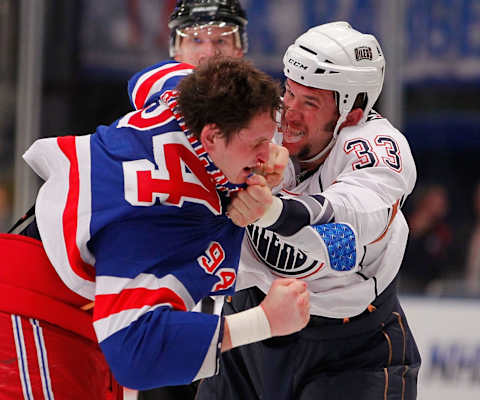
Watch out for the Boogeyman
Derek Boogaard was a player who probably could not exist in the new NHL, where goons and enforcers are no longer appreciated the way they used to be.
The 6’7″ son of a Canadian Mountie, Boogaard carved out an NHL career based on his skills as a fighter and enforcer, almost always a fan favorite. He was chosen as the second most intimidating player in hockey in 2007.
He was signed by the Regina Pats of the WHL after a game where Boogaard invaded the opposing bench and tried to fight the entire team. This probably taught him that if he was going to make it to the NHL, it would be with his fists, not his stick.
Playing for the WHL’s Prince George Cougars, he racked up 149 penalty minutes in only 20 games, though he ended up with a broken jaw before the season ended. However, he didn’t lose weight, figuring out a way to cram food through jaws wired shut. When he returned for the following year, it was to chants of his name as he won more fights, earning him honors as the Western Conference’s toughest player.
The Minnesota Wild drafted Derek in the 7th round (202nd overall) in the 2001 Entry Draft, which meant they didn’t hold out much hope of him making the NHL. His coaches in the ECHL were instructed to turn him into an enforcer, and Boogaard soaked up lessons in skating and boxing.
But injuries suffered over the years (back and shoulder) continued to dog him and he is believed to have taken liberal use of pain medication dispensed by team doctors.
After two years with the AHL Houston Aeros, where he solidified his reputation as an enforcer, Boogaard made his NHL debut with the Wild in 2005. The rookie had two goals, six points, and led the team with 158 penalty minutes in 65 games.
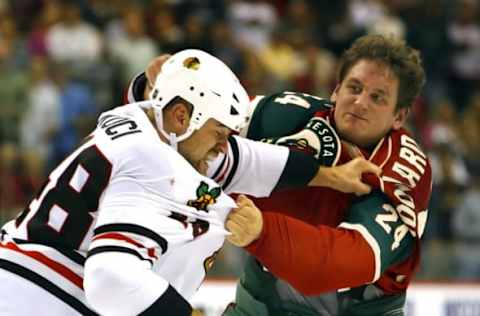
The next season, Boogaard had one assist and 120 penalty minutes in 48 games. In a game against the Ducks, he was challenged to fight by Todd Fedoruk. He shattered Fedoruk’s cheekbone, which had to be surgically repaired with metal plates and mesh, though the two later became teammates and friends.
During Minnesota’s 2008–09 season, Boogaard began taking prescription medicine for back pain and had to undergo two surgeries. He began using Percocet. According to his brother, Derek felt he had to ingest high amounts because of his size, 8-10 pills at a time.
Because the Wild’s team physicians did not keep accurate records, Boogaard wound up with 8 prescriptions for 11 different drugs including Vicodin and OxyContin, as well as getting more from illicit sources.
Addicted to painkillers, he missed the 2009-10 training camp, sent to a drug rehab center in California. Returning five games into the campaign, he appeared in 57 games, with 4 points and 105 penalty minutes, but those around him thought he had changed, becoming more withdrawn.
As an unrestricted free agent, the Wild could not match offers from Edmonton and New York. Though his family preferred he sign with the Oilers, he joined the Rangers, accepting a 4-year $6.5 million contract.
He reported to the Rangers almost 40 pounds overweight, but played well, though he suffered a broken nose (and a possible concussion) in a fight. Shortly after that, he received another concussion that ended his season.
Diagnosed with post-concussion syndrome, Boogaard stayed in his apartment. The Rangers sent meals to him every day, but he preferred fast food. And he was still buying pills he didn’t have prescriptions for.
Derek Boogaard died on May 13, 2011 from an overdose of alcohol and drugs while still recovering from his concussion. He was found to have an advanced case of chronic traumatic encephalopathy (CTE). He was only 28 years old.
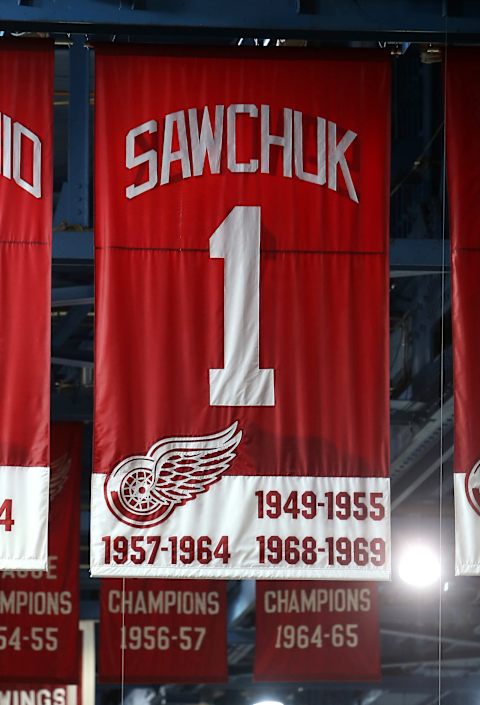
An ignominious end
Terry Sawchuk is a Hall-of-Fame goalie whose career ended with him holding the NHL record for victories and shutouts. But it’s the manner of his death that is incomprehensible.
After a two-decade career spent playing for Detroit, Toronto, Boston, and Los Angeles, picking up four Stanley Cup as well as Calder and Vezina trophies, Sawchuk played eight games in his final season (1969-1970) for the New York Rangers.
In the off-season, Sawchuk and teammate Ron Stewart, both of whom had been drinking, got in a fight over expenses at the Long Island house they were renting, though he would later describe it as “horseplay”. Sawchuk’s gall bladder was removed as a result, and he underwent a separate surgery for a liver which was bleeding.
He never recovered and died from a pulmonary embolism on May 31, only 40 years old.
Terry Sawchuk was elected to the Hockey Hall of Fame immediately after his final season, the waiting period waived, one of only ten players for which this was ever done.
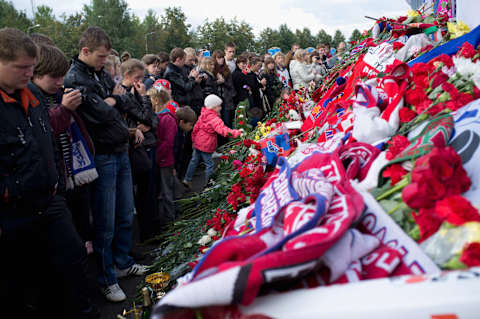
A top KHL team wiped out
On September 7, 2011 a plane took off from Russia’s Yaroslavl International Airport headed to Minsk. It hit a tower and did not gain sufficient lift, crashing about two miles from the runway. On board was Lokomotiv Yaroslavl, a team in the Kontinental Hockey League (KHL) and four players from the Loko 9 Juniors team of the Minor Hockey League.
Two former Rangers, as well as a former draft pick, perished in the crash.
Alexander Karpovtsev, an assistant coach with Lokomotiv Yaroslavl, was part of the 1993-94 championship Rangers team, and one of the first Russian-born players to have their names engraved on the Stanley Cup (along with Alex Kovalev, Sergei Zubov, and Sergei Nemchinov).
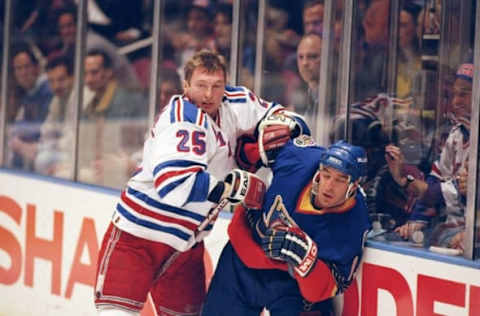
Karel Rachunek played for New York in two different seasons, and Jan Marek was selected by the Rangers in the 8th round (243rd overall) of the 2003 NHL Entry Draft, though he never made it to the big show.
Also among the dead were several other former NHL players, including Pavol Demitra, Josef Vasicek, and their coach, Brad McCrimmon, who won a Stanley Cup with Calgary.
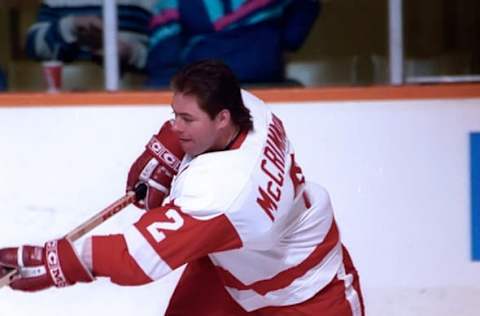
Artem Anisimov of the New York Rangers was a native of Yaroslavl and knew most of the players who died, including boyhood pal Alexander Vasyunov. Marian Gaborik, who had recently lost one best friend in Derek Boogaard, lost another in Pavel Demitra.
Goalie Stefan Liv was a teammate of Henrik Lundqvist and Carl Hagelin on the 2006 gold medal Swedish team at the 2006 Turin Olympics.
The entire team’s roster was wiped out, except for forward Maxim Zyuzyakin and goaltending coach Jorma Valtonen who weren’t on the flight, instant members of the Waylon Jennings Good Luck Club. Another honorary member of that club is ex-Rangers goalie Steve Valiquette. After playing one year for the Russian team CSKA (Red Army), he turned down an offer to play for Yaroslavl shortly before the plane crash.
Let’s hear from the readers. What athlete’s untimely death affected you? Roberto Clemente? Thurman Munson? Kobe Bryant? Junior Seau? Dale Earnhardt?
Share your stories.
More. Records were made to be broken. light